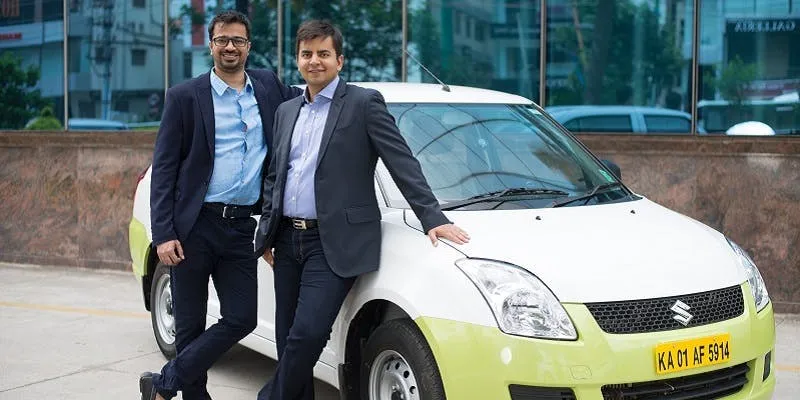Ola launches Ola Guardian, a real-time customer ride monitoring system for ride safety
Ride hailing platform Ola launched Ola Guardian, a ride-monitoring system, as a part of its street safe programme. Currently, Ola Guardian is on pilot in Bengaluru, Mumbai and Pune. The platform will soon go live in Delhi and Kolkata and will be launched in other cities by the end of the year.
In a press statement, Ola stated that all ongoing trips will be tracked by analysing ride indicators, which include unexpected and midway stops and route deviations. Based on these indicators and time of travel, safety triggers will be created, which will be attended to immediately by Ola’s Safety Response Team (SRT).
After analysing the data, the Safety Response Team (SRT) will connect with the customer to assess any potential unsafe ride and provide assistance as required.
Ola has integrated real-time data into the project to further enhance its effectiveness. The Bengaluru-based unicorn also claims to be working with government authorities to map dark spots and unsafe routes into the monitoring platform to enhance the monitoring system’s performance.
This capability will further enable Ola’s SRT to determine vulnerabilities and augment safety protocols. Apart from this, Ola is also working towards discovering impersonation on the platform.

Speaking about the new safety initiatives, Ankur Agrawal, VP - Business Excellence and Safety at Ola said,
“Safety and innovation are embedded in Ola’s DNA. As India’s leading mobility platform, we believe in leveraging technology to improve the overall safety of rides across the transportation industry. The Guardian project is a major step in this direction, which accelerates Ola’s past efforts in holistically making roads and rides safer and build confidence amongst customers and driver-partners to feel safe on the platform round-the-clock.”
The ride-hailing platform has also announced the rollout of its tech-powered selfie authentication initiative across the country. Through this initiative, driver partners are required to validate their identity by taking a selfie and sharing it with the Ola team immediately through the app.
This photograph of the driver will then be compared to the image on record. Impersonators will have their platform access revoked and will be subject to investigation. This is similar to what Uber had started last year.
The platform has also updated the app to include larger photos of the drivers, which in turn helps the consumer to verify the authenticity of the driver. The team has also initiated offline audit checks at transport hubs like bus stops, railway stations and airports.
The press note added that Ola’s trained audit team will not only authenticate driver partners but also inspect the state of the car. Having begun the initiative at Hyderabad and Bengaluru airports, offline audit checks will be rolled out to more transport hubs across India in a phased manner.
“Ola will continue to innovate and use AI and machine learning algorithms to further enhance the Guardian project as the project is rolled out nationally. We are certain that these moves will have a measurable impact in galvanising India’s mobility ecosystem and providing our customers with an enhanced ride-sharing experience,” said Ankur.
Ola had earlier this year focussed driving the safety initiative through Ola’s Safety Council and launched an Ola Street Safe programme. Currently, even Uber is working on several safety initiatives.







